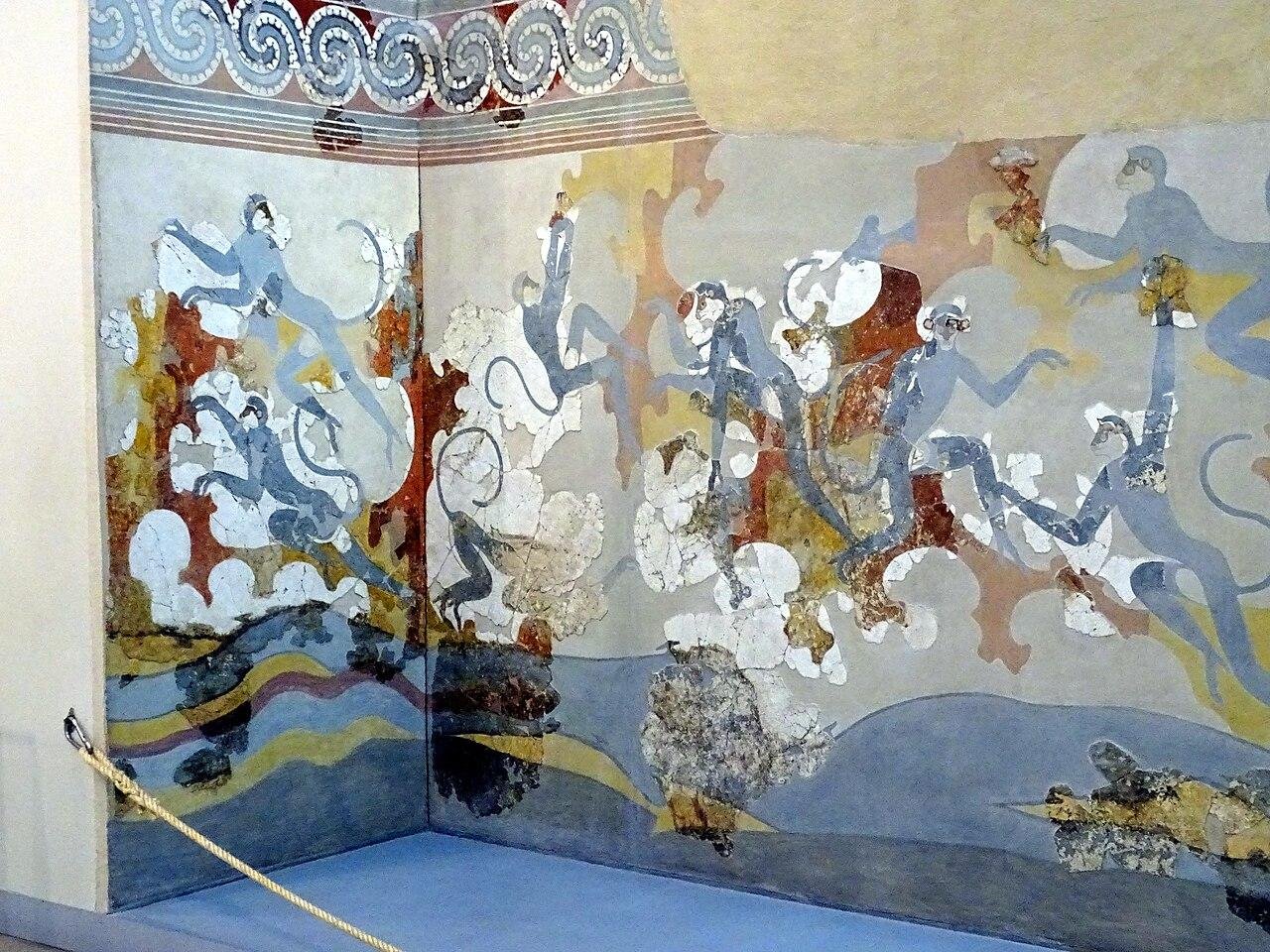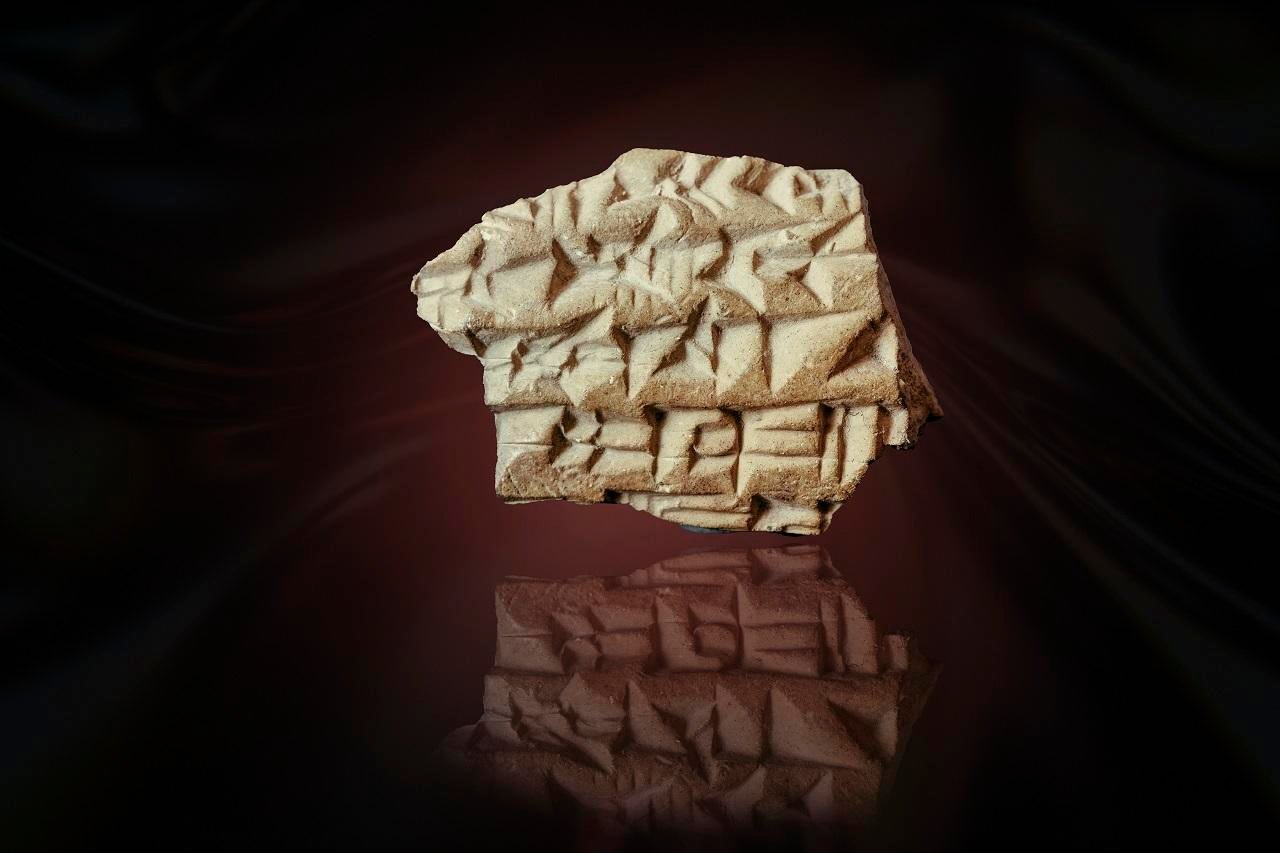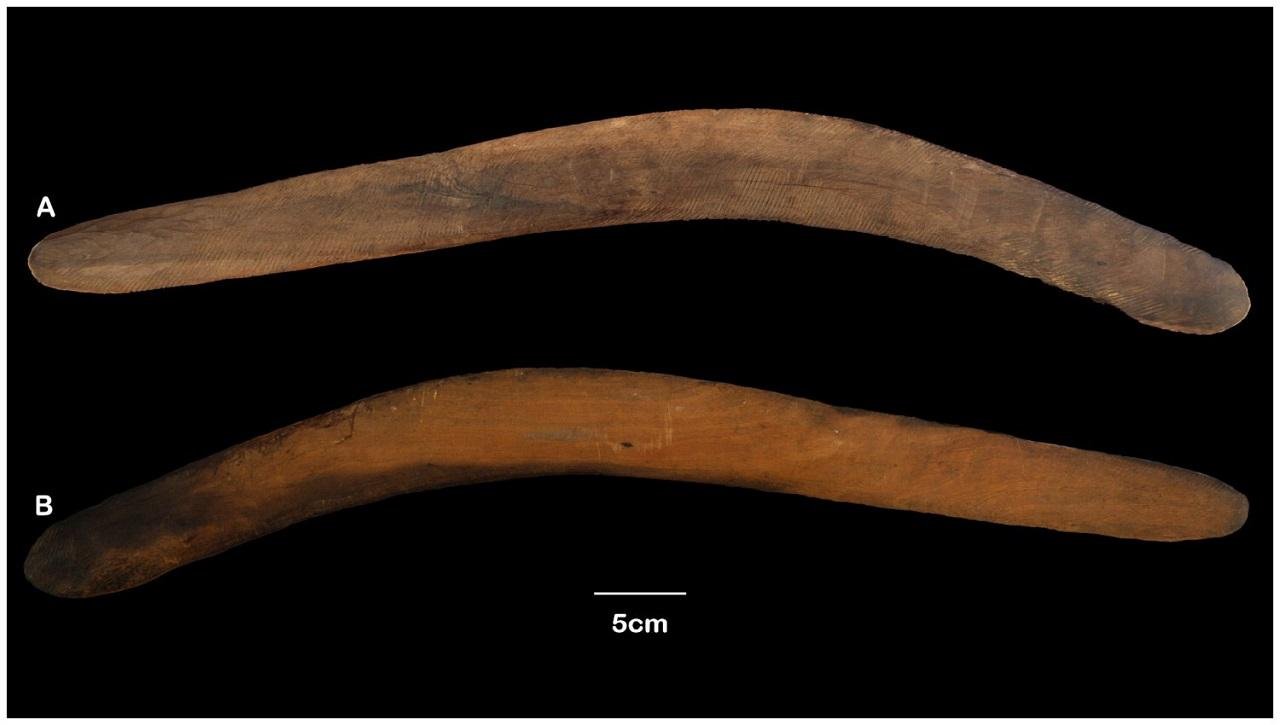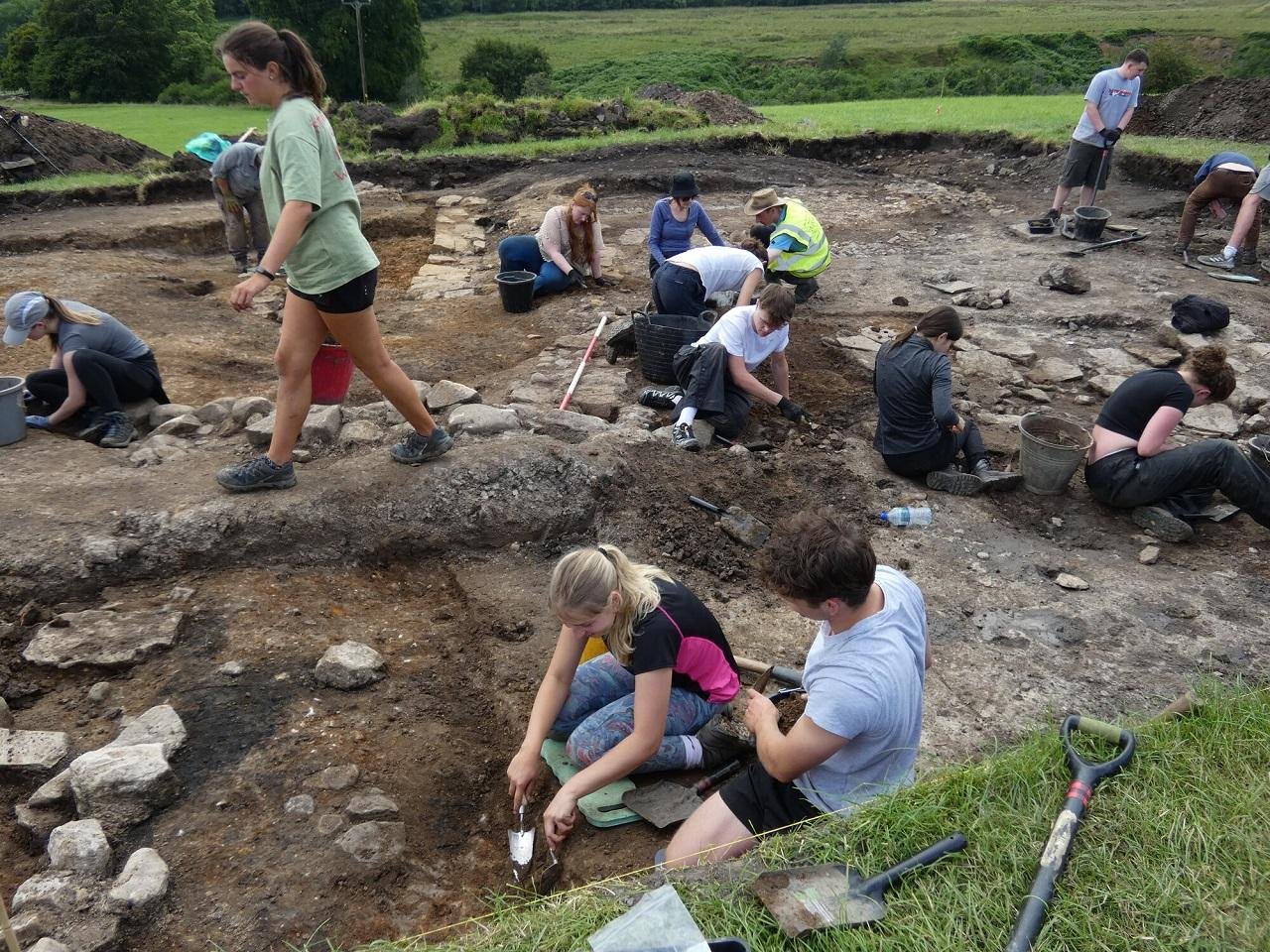A recently discovered ancient shipwreck off the Turkish coast at Adrasan is allowing archaeologists a stunning glimpse into ancient maritime trade and ceramic production over two millennia ago. Resting between 120 to 150 feet (around 46 meters) deep, the shipwreck has been dated to the Late Hellenistic–Early Roman period and contains a pristine cargo of ceramic ware—bowls, plates, trays, and pots—all still neatly stacked in their original arrangement.
What makes this discovery special is the condition of the artifacts. Coated with raw clay as a protective measure, the ceramics were left with their designs and colors surprisingly intact. This technique, never before used on such an extensive scale, created a natural sealant that kept the articles safe from corrosion and marine erosion for over 2,000 years.
“This is a highly precious discovery not just for our country, but also in terms of world cultural heritage,” said Culture and Tourism Minister Mehmet Nuri Ersoy. Minister Ersoy, who personally dived down to inspect the wreck, described it as “a discovery like no other in the world. The ceramics that were loaded onto this cargo ship have reached the present day without even spoiling their patterns.”
Over 400 shipwrecks have been found so far between the ancient city of Patara and Mersin, which shows the extent of maritime commerce in ancient history in the eastern Mediterranean.
Archaeologists believe that the ship was headed to deliver consumer items and that the state and organization of the cargo reveal something new about ancient production, packaging, and trade. Because the ceramics were in their original shipping positions, researchers now have the chance to study not only the objects but also ancient storage and logistical strategies.
They will exhibit some of the selected artifacts from this and several other wrecks in the upcoming Mediterranean Underwater Archaeology Museum in the Kemer Idyros region. Construction of the museum will begin this summer. Once excavation is complete, part of the wreck site of Adrasan—called the “Ceramic Sink”—will also be opened to diving tourism.
More information: Ministry of Culture and Tourism





